How many times have you followed up a lead on a vintage Nova only to learn it was just a base coupe? Over the years, I’ve heard all kinds of wild ideas on authenticating GM muscle cars. Some of the information is very misleading and can only lead to grief if you base a purchase on those dubious sources. When it comes to muscle car documentation, some kinds are strongly preferred over others. A build sheet is considered the best kind. The only rival it has is actual dealership paperwork. Both are tough to obtain due to the passage of time.
The cowl tag was created by Fisher Body Operations as a way of marking certain options to be installed on cars for assembly. Since Fisher dealt with bodies instead of complete cars with upholstery, drive trains, tires and paint, they didn’t use complete lists of options for their tags.
AMERICAN COWL TAGS
The top of the tag will state Body By Fisher on US built GM cars. Under the first line will be ‘ST’ and ‘BDY’ on the left side of tag while the right side will have ‘TR’ and ‘PNT’. (figure A) These are short hand for Style, Body, Trim and Paint respectively. The codes after these titles are the actual codes for your particular car. For ‘STYLE’ what follows is model year, expressed in two digits and body code expressed in two digits.
The BODY code is on the right hand side of the tag and it has a two letter code for assembly plant followed by a six digit sequence number.
Above the STYLE code is a three place mark where the assembly date is stamped. It follows a two number one letter month/week code. 01B for instance, would indicate January in the second week of production.
The TRIM code has three numbers and this tells you what type and colour of interior was installed. Novas used vinyl and cloth materials as well as bucket and bench seat formats.
The PAINT code tells you what colour the car was sprayed. It uses a three digit code and the two tone paints have their own three digit codes.
At the bottom of the cowl tag you may see either ‘ACC’ or ‘BSO.’ These stand for accessories or body specific options. Usually options that affected how Fisher had to make a body would end up on this plate. They are often single letter codes that are evenly spaced across the plate to correspond to group options. This is where you’ll learn whether your car is a Super Sport. We’ll look at some vital BSO codes soon. This format was used on Chevy IIs from 1963-1967.
Continue on the NEXT PAGE

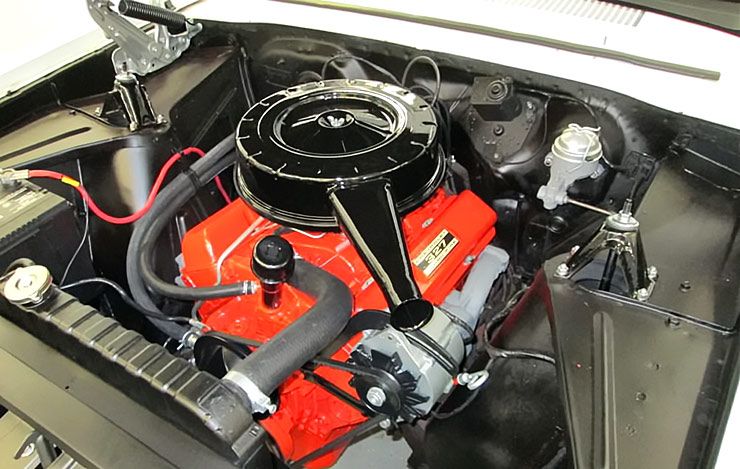
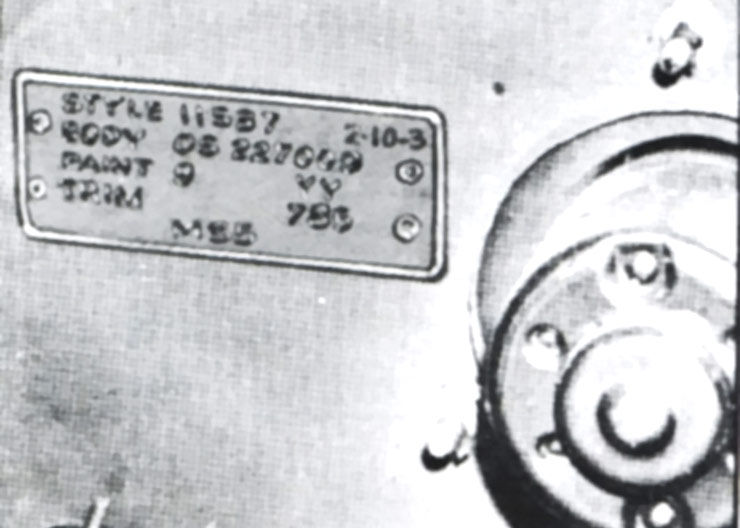
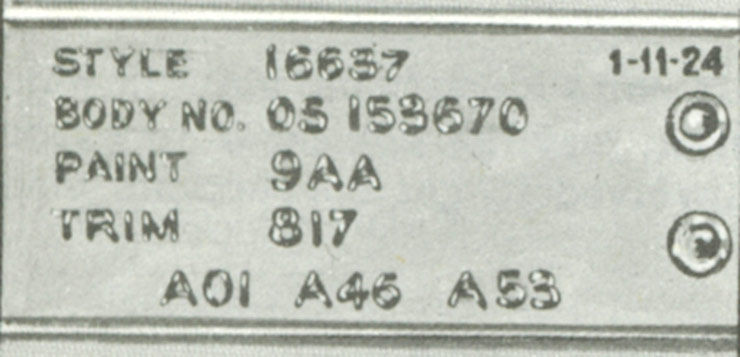



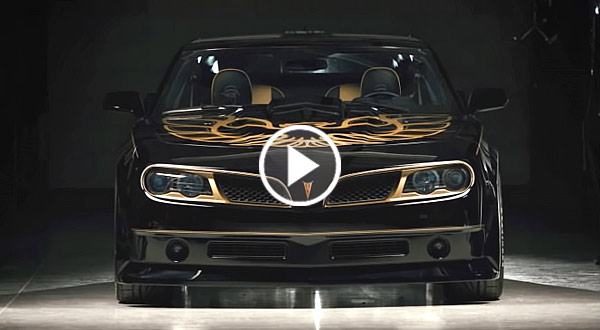

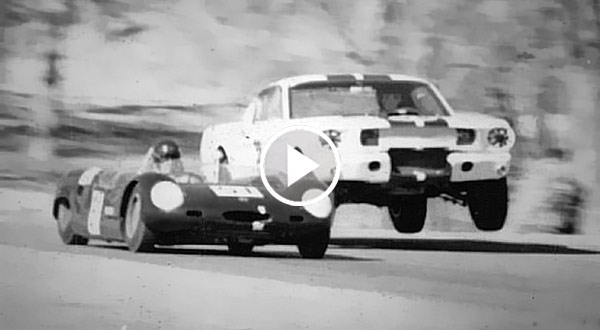





Facebook Comments